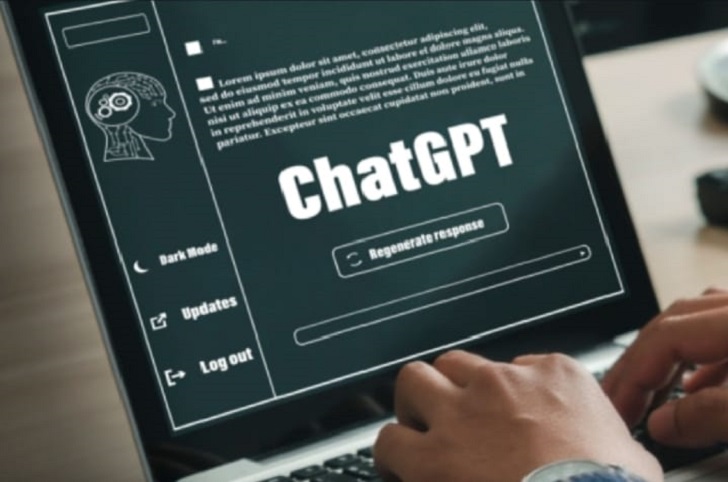ChatGPT is a language model developed by OpenAI, designed to engage in natural conversations with humans. Using state-of-the-art natural language processing algorithms, ChatGPT can understand complex language structures and generate human-like responses.
The model was trained on massive amounts of data and constantly learns and evolves to improve its accuracy and response quality.
How does Chat GPT work?
Chat GPT uses NLP algorithms to analyze and understand the intent behind human queries. It then uses machine learning algorithms to generate appropriate responses based on the data it has learned from previous interactions.

Unlike rule-based chatbots, Chat GPT is designed to be adaptive and self-learning, meaning it can continuously improve its responses over time.
One of the key advantages of Chat GPT is its ability to handle complex queries and conversations. Unlike other chatbot technologies that rely on predefined rules and scripts, Chat GPT can understand the context of a conversation and respond accordingly. This makes it ideal for handling customer support queries, sales inquiries, and other complex interactions.
Architecture
The architecture of ChatGPT is based on the Transformer model, a neural network architecture designed specifically for natural language processing tasks.
The Transformer model comprises several layers of attention mechanisms, which allow the model to focus on different parts of the input text at different processing stages. This attention mechanism allows the model to generate accurate responses even for complex input sentences.
ChatGPT’s Training Data
The success of ChatGPT is largely attributed to the large amounts of training data it was exposed to. The model was trained on a massive corpus of text data sourced from various publicly available sources on the internet.

This includes books, websites, and social media platforms. The data was carefully curated to ensure that it was diverse and representative of the natural language used by humans in different contexts.
Capabilities
ChatGPT is capable of engaging in conversations on a wide range of topics. It has been trained on diverse topics and can generate responses ranging from general knowledge to niche topics. It can also generate responses in multiple languages, making it a versatile language model for global audiences.
Limitations
While ChatGPT is an impressive language model, it does have limitations. One of the major limitations is that it can only generate responses based on the input it receives.
It does not have the ability to reason or understand the context of a conversation beyond the immediate input. This means that the model may generate responses that are not appropriate or accurate if it receives input that is ambiguous or lacks context.
Applications
ChatGPT has several applications across different industries. ChatGPT can be used as a chatbot to provide instant customer support in the customer service industry. This can help businesses reduce customer support costs while providing a better customer experience.
ChatGPT can be a virtual tutor in the education industry to help students learn new concepts and answer their questions. This can help students get personalized support and improve their learning outcomes.

ChatGPT’s Impact
The development of ChatGPT has had a significant impact on natural language processing. It has demonstrated the potential of language models to understand and generate human-like responses in natural language.
It has also paved the way for developing other language models, such as GPT-2 and GPT-3, which have further advanced the field of natural language processing.




